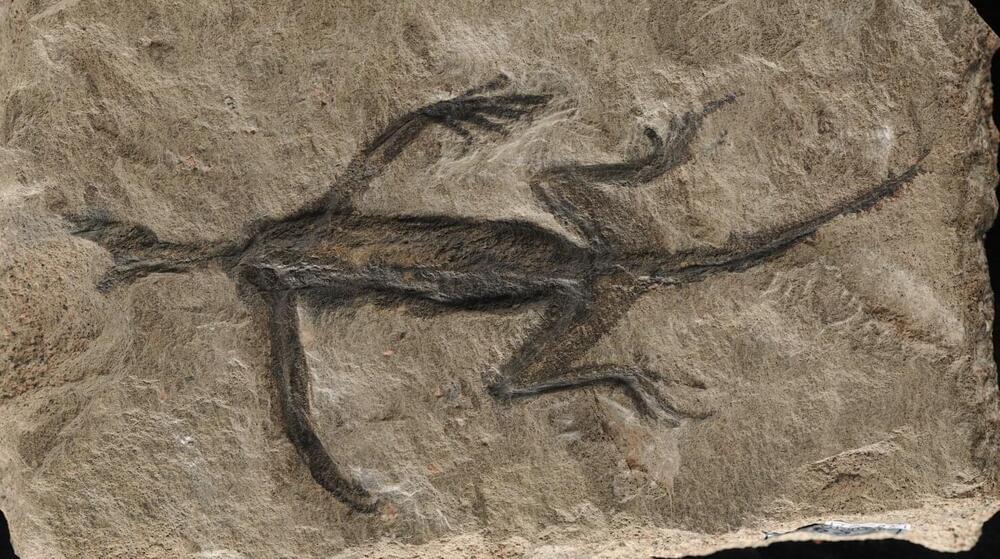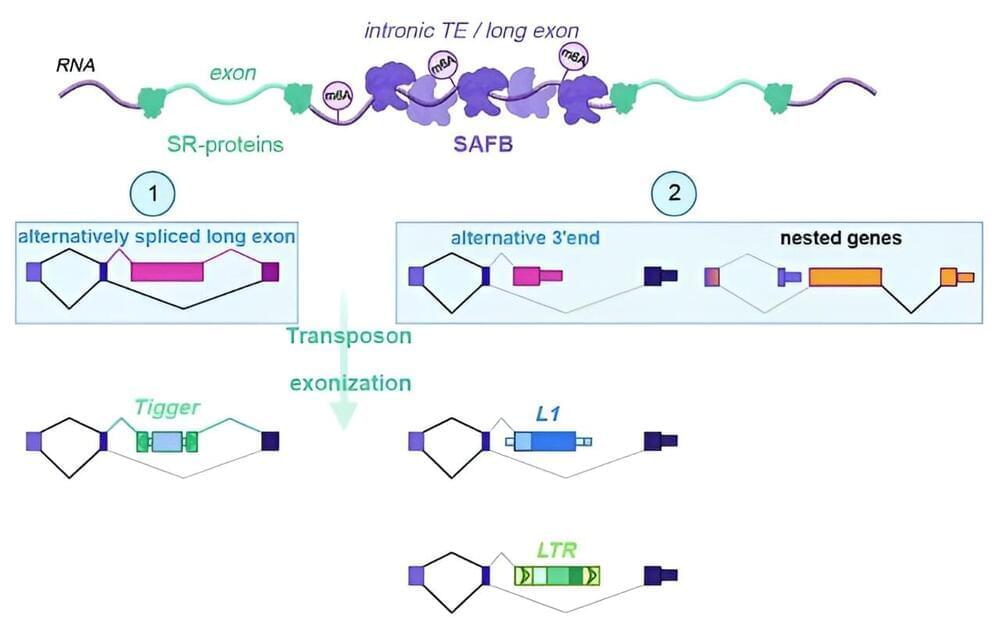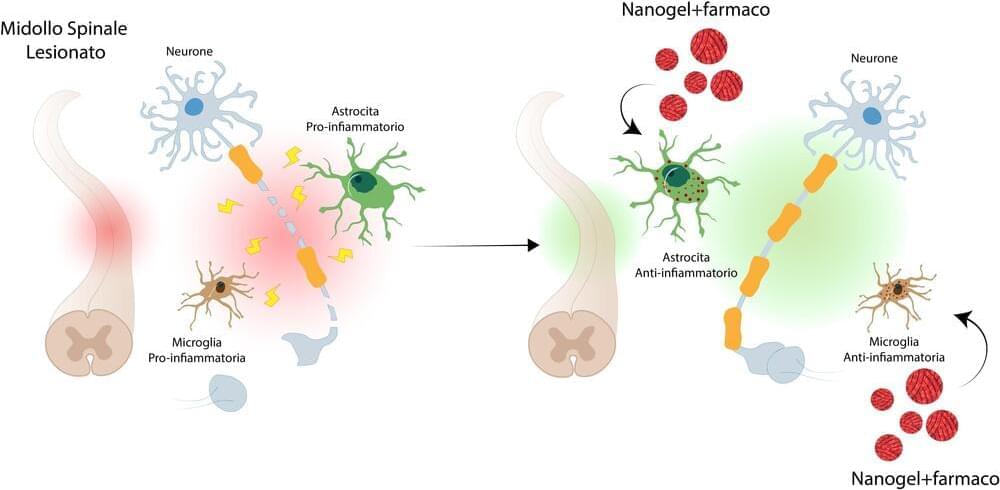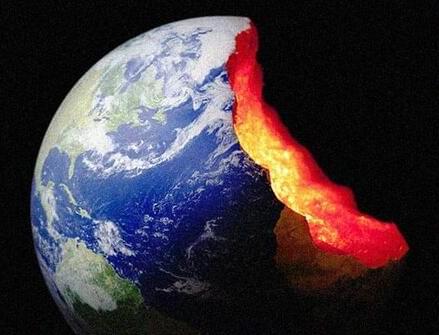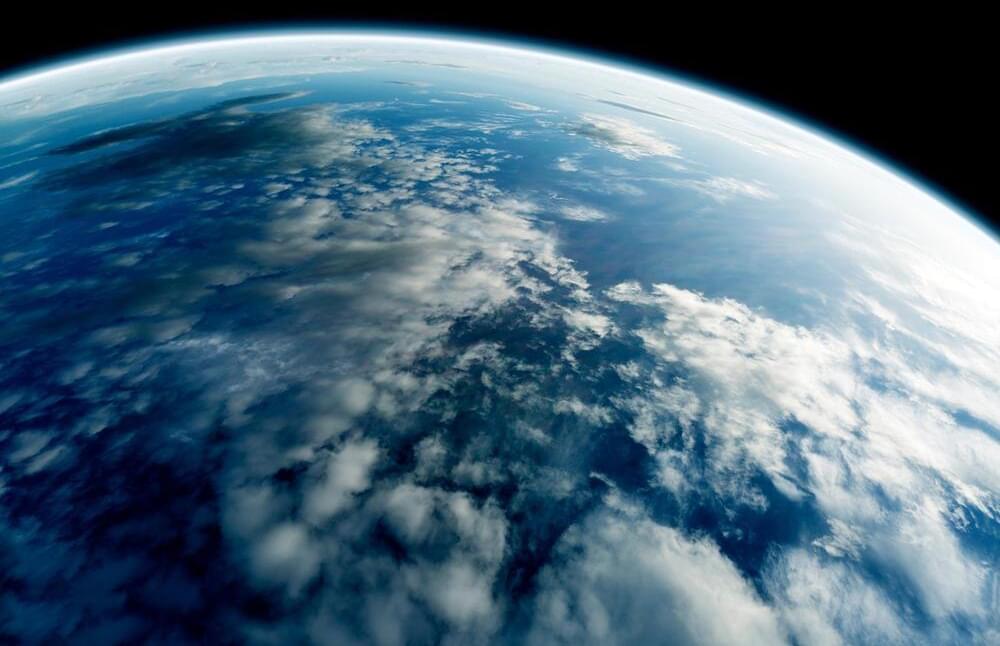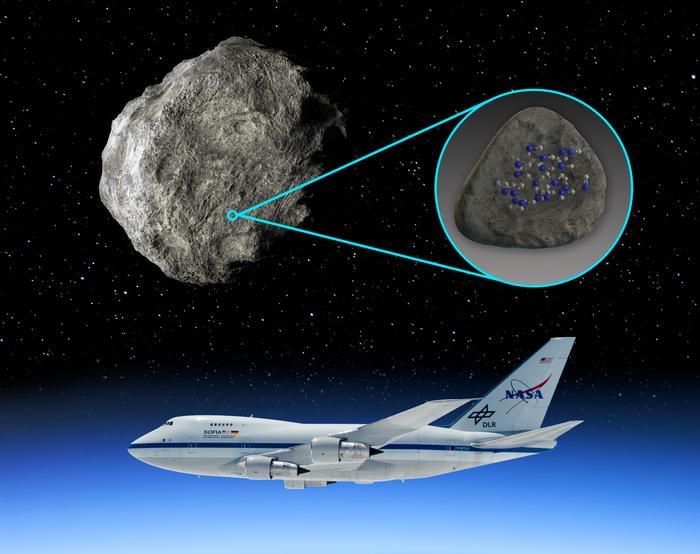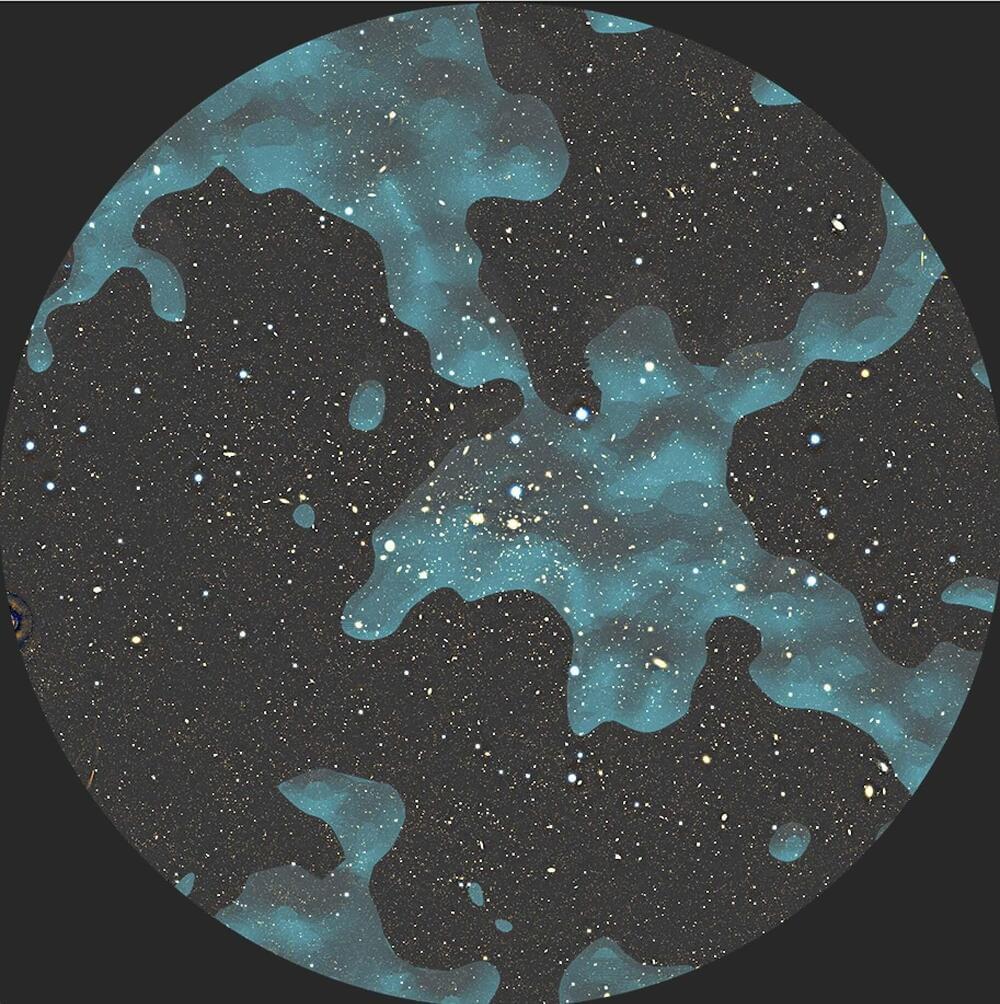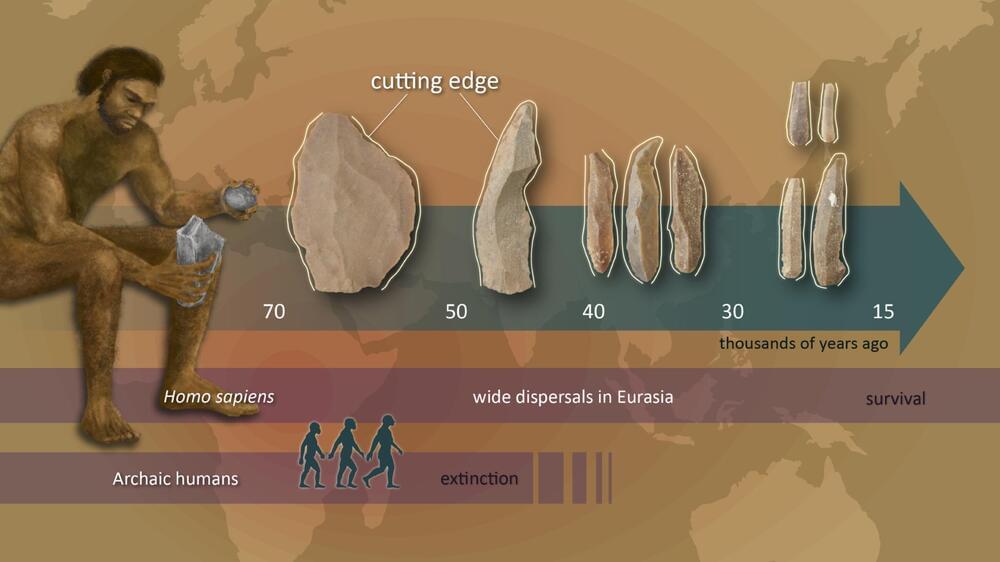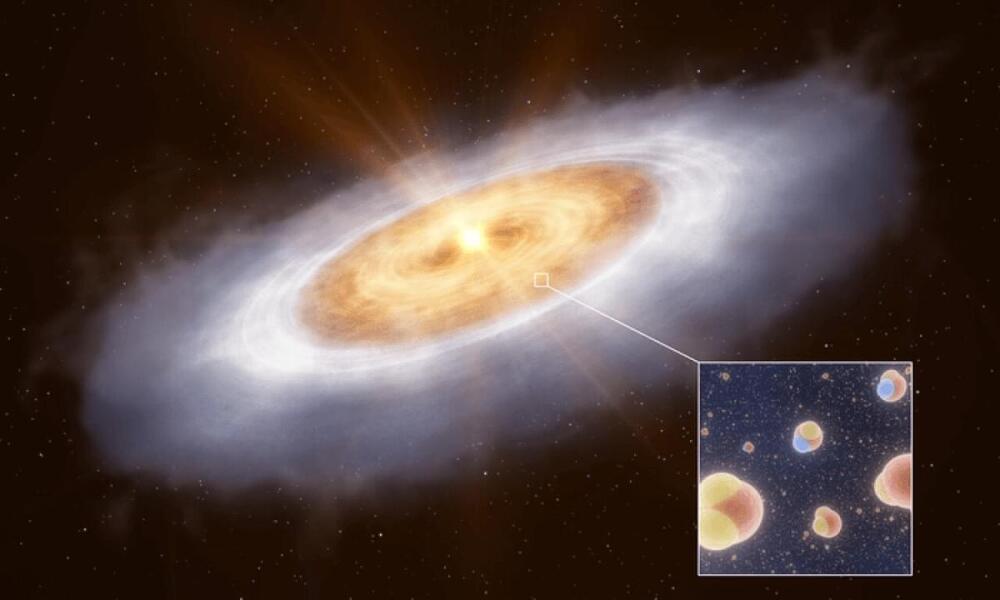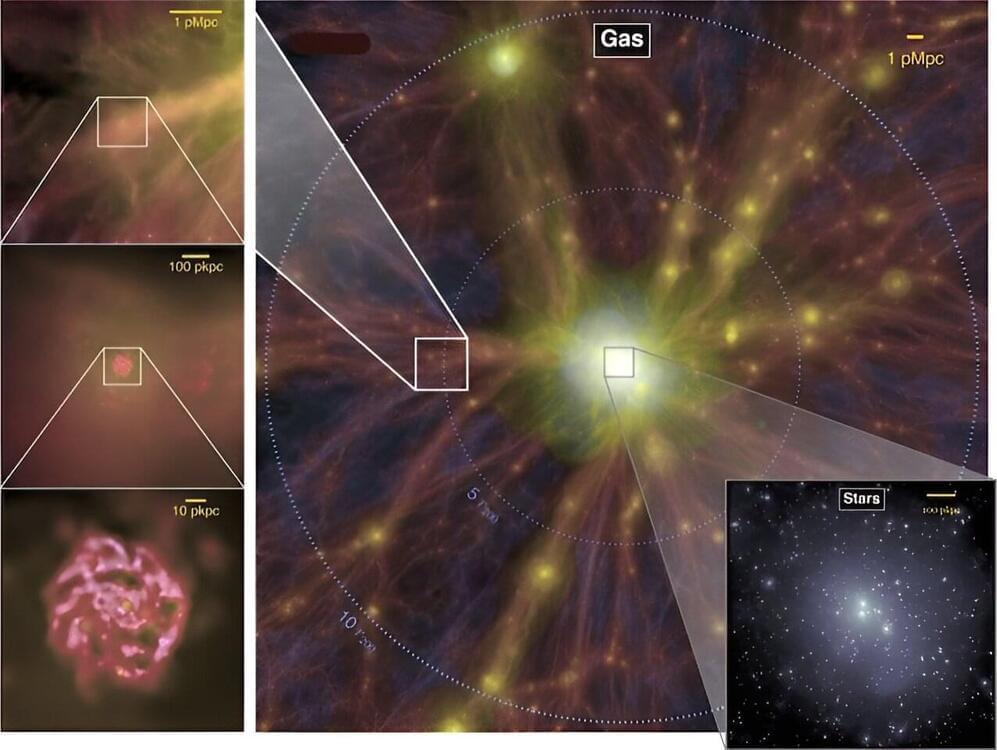Feb 17, 2024
Paleontological analysis shows renowned fossil thought to show soft tissue preservation is in fact just paint
Posted by Dan Breeden in categories: evolution, futurism
A 280-million-year-old fossil that has baffled researchers for decades has been shown to be—in part—a forgery, following new examination of the remnants.
The discovery has led the team, headed by Dr. Valentina Rossi of University College Cork, Ireland (UCC) to urge caution in how the fossil is used in future research.
Tridentinosaurus antiquus was discovered in the Italian Alps in 1931 and was thought to be an important specimen for understanding early reptile evolution. Its body outline, appearing dark against the surrounding rock, was initially interpreted as preserved soft tissues. This led to its classification as a member of the reptile group Protorosauria.
